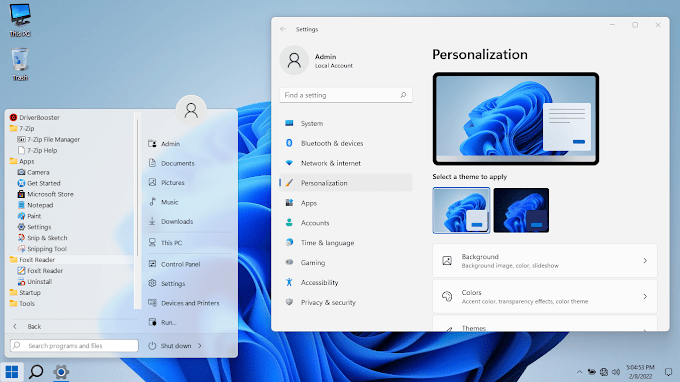Batteries have become an integral part of our daily lives. From smartphones to electric vehicles, batteries power many of the devices that we use on a regular basis. However, all batteries have a limited amount of energy, and they need to be recharged to provide continuous power. In this article, we will explore the different types and methods of battery charging, along with examples of each.
Types of Battery Charging:
1. Slow Charging: Slow charging is a low-power, low-current charging method that can take several hours to charge a battery fully. This type of charging is typically used for lead-acid batteries, which are commonly found in cars, boats, and motorcycles. Slow charging is also known as trickle charging.
Example: When you connect your car battery to a trickle charger overnight, it slowly charges the battery to its full capacity.
2. Fast Charging: Fast charging is a high-power, high-current charging method that can charge a battery in as little as 30 minutes. This type of charging is commonly used for lithium-ion batteries, which are found in smartphones, laptops, and other portable devices.
Example: When you use a fast charger to charge your smartphone, it can charge the battery from 0 to 50% in just 30 minutes.
3. Wireless Charging: Wireless charging, also known as inductive charging, uses an electromagnetic field to transfer energy to the battery without the need for physical contact. This type of charging is commonly used for smartphones, smartwatches, and other wearable devices.
Example: When you place your smartphone on a wireless charging pad, it uses an electromagnetic field to transfer energy to the battery, charging the device without the need for a cable.
4. Solar Charging: Solar charging is a method of charging batteries using solar panels that convert sunlight into electrical energy. This type of charging is commonly used for portable devices, such as camping equipment and smartphones.
Example: When you use a solar charger to charge your camping equipment, the solar panels convert sunlight into electrical energy, which charges the battery.
Methods of Battery Charging:
1. Constant Voltage Charging: Constant voltage charging is a common charging method used for lead-acid batteries. In this method, the battery is charged at a constant voltage, usually between 13.5 and 14.5 volts. As the battery charges, the voltage across the terminals remains constant, while the current flowing into the battery decreases.
Example: When you charge your car battery, the charger uses constant voltage charging to recharge the battery.
2. Constant Current Charging: Constant current charging is a charging method used for many types of batteries, including lithium-ion batteries. In this method, the battery is charged at a constant current, and as the battery charges, the voltage across the terminals increases. Once the voltage reaches a predetermined level, the charging current is reduced, and the battery is maintained at a constant voltage.
Example: When you charge your smartphone or laptop using a USB cable, the charger uses constant current charging to charge the battery.
3. Trickle Charging: Trickle charging is a low-current charging method used to maintain a battery's charge level over an extended period. This type of charging is commonly used for lead-acid batteries that are not used frequently, such as those found in boats, RVs, and motorcycles.
4. Pulse Charging: Pulse charging is a high-frequency charging method that is used to desulfate lead-acid batteries. Sulfation occurs when lead sulfate crystals form on the battery plates, which reduces the battery's capacity and performance. Pulse charging sends short, high-frequency pulses of current to the battery, which helps to break up and dissolve the sulfate crystals.
Example: Battery desulfators, such as the BatteryMINDer, use pulse charging to desulfate lead-acid batteries.
5. Bulk Charging: Bulk charging is a high-current charging method used to rapidly charge a battery from a low state of charge. This type of charging is commonly used for lithium-ion batteries in portable devices.
6. Absorption Charging: Absorption charging is a charging method used to bring a battery up to its maximum capacity. This type of charging is commonly used for lead-acid batteries in cars and boats.
7. Float Charging: Float charging is a low-current charging method used to maintain a battery's charge level once it has been fully charged. In this method, the battery is charged at a constant voltage that is lower than the battery's maximum voltage. This type of charging is commonly used for lead-acid batteries in cars and boats.
Example: When your car is not in use, the alternator uses float charging to maintain the battery's charge level.
7. Inductive Charging: Inductive charging is a wireless charging method that uses an electromagnetic field to transfer energy to the battery without the need for physical contact. In this method, the charging pad generates an electromagnetic field, which induces an electrical current in the receiver coil on the device.
Example: When you place your smartphone on a wireless charging pad, the pad generates an electromagnetic field, which induces an electrical current in the receiver coil on the smartphone, charging the device without the need for a cable.
Conclusion:
There are several types and methods of battery charging, and the right method depends on the type of battery and the device being charged. Slow charging is commonly used for lead-acid batteries, while fast charging is used for lithium-ion batteries. Wireless charging is becoming increasingly popular for portable devices, and solar charging is a great option for outdoor enthusiasts. Understanding the different types and methods of battery charging can help you choose the right charging method for your device, which can extend the battery's life and improve its performance.









